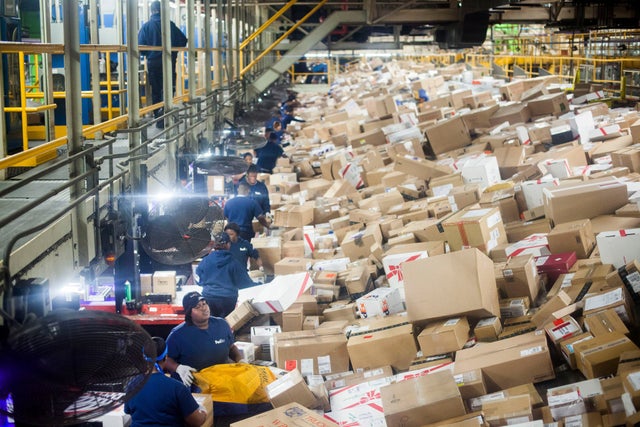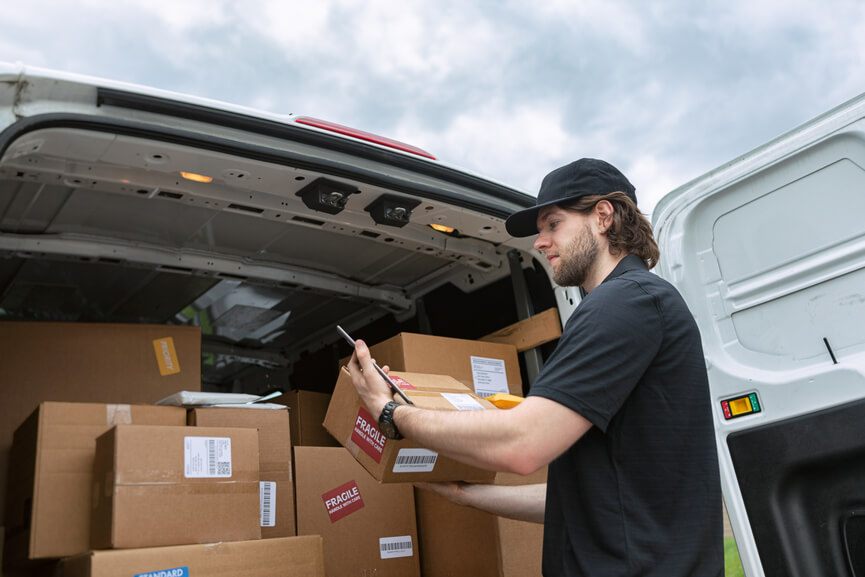A research study of the Australia Institute of Centre for Future Work highlights the transportation industry. The proponents, Dr Jim Stanford and Matt Grudnof, estimate that this sector contributes $80 billion to Australia’s annual gross domestic product. According to them, it also generates $25 billion in income for the government.
The transport sector also contributes to the economy in other significant ways. To operate, it also buys goods and services from other businesses that are worth $80 billion. Transport companies have a special economic relationship with other industries. If they succeed, other sectors succeed as well.
Not only do other businesses gain when transportation businesses boom. People also make significant economic gains. This industry employs 625,000 people, making it a major employer in Australia.
It has significant contributions to the people and economy of the country. These make the transportation sector a vital industry for the Land Down Under.

Employee profiles
According to the research, the road transportation sub-sector employs the most people. It accounts for 270,000 workers active in the industry. A majority of them are men who are approaching or have already approached middle age.
According to the Australia Institute of Centre for Future Work, there is a challenge for the industry’s workforce. Despite the employees’ great level of expertise, they usually lack official certifications. This is a challenge because some transport companies need formal qualifications.
A way to address this is to provide a track for employee growth early on. Once they hire, they must provide a path for workers. They must know that they will get further certifications as they progress in the company.
In their study, Dr Jim Stanford and Matt Grudnof also found out that the majority in the sector are formally employed. Some of them have full-time contracts, while others work on a part-time basis. There is also a number who work as owner-managers.
Automation
One undeniable fact about this sector is that it is continuously shifting. Technological advancements try to make things easier.
Such innovations include the potential for driverless vehicles in the future. This could pose a threat to the workforce who rely on the transportation industry for their livelihood. Automation in some areas of production and customer service may also cut the need for a few more employees.
Although a shift may look attractive, businesses must study this further. Implementing automation is a very challenging and expensive endeavour. During this pandemic, most businesses are not as financially liquid as before. They will find the process difficult.
It also requires buy-in from the owners, managers, supervisors, and employees. If they feel threatened, the shift can be problematic. Employers must also understand that key components of the business still need humans. Computers cannot give discernment and judgment the way people can.

Gig economy
Even before these happen, employers are finding out that many of their work staff now defer full-time employment. People are now more interested in the lucrative world of freelancing.
This growing preference for gigs over long-established full-time employment could be problematic. When workers apply as independent contractors, companies do not have much control. They become immune to the governments’ and employers’ conventional rules, safeguards, and standards.
Smaller delivery services that hire freelance workers gain an advantage when this happens. Merchants may prefer them over bulk shippers.
Keys to growth
But technology and employees are not the only problems. Globalization makes it easier to hire transportation companies from other countries. A lot can provide the same services at a cheaper price. Increasing government regulations also restrict the industry.
As with any other sector experiencing various dilemmas, the key is to have foresight and flexibility.
The report states that the Australian economy’s steady expansion is helpful. It can be able to buffer the effects of technological advancements and shifting job patterns. With early and proper preparations, job losses will be minimal.
But everyone must play their part.
Business owners and employers must prepare. They should be more strategic in their future planning and implementation. Their focus must be on performing beyond expectations. Doing so would mean that when a crisis comes, they can stay afloat. If a business needs to hire eternal change and crisis management consultants, they should do so without hesitation.
Government institutions must also take a hard look at themselves. They should ask these questions:
- What kind of policies are in place for the sector?
- Do they foster growth in the transportation sector?
- Are the rules and regulations clear and easy to understand?
- Do the policies encourage the entry of new players?
- Are the communication lines open for industry experts and stakeholders?
- Are reports of corruption and red tape addressed?
The authors of the research also recommend that business owners embrace technology. Automation, when done properly and promptly, will benefit the sector.
The workforce must also remain competitive through continuous training and education. A company is only as good as its employees.
For those who refuse to get new skills, employers in the transportation sector must act. They should assist and transition them into retirement. This is the reality of the world today, everyone must keep up with the changes. Coping well will lead to survival and eventual success even during difficult times.
But, this must be humanely done. Some are resistant to change because of a lack of understanding. They are not aware of the challenges of the sector. Some may not know about the benefits of the upcoming changes. Employers must educate their employees so that they can have a better grasp of the situation.
